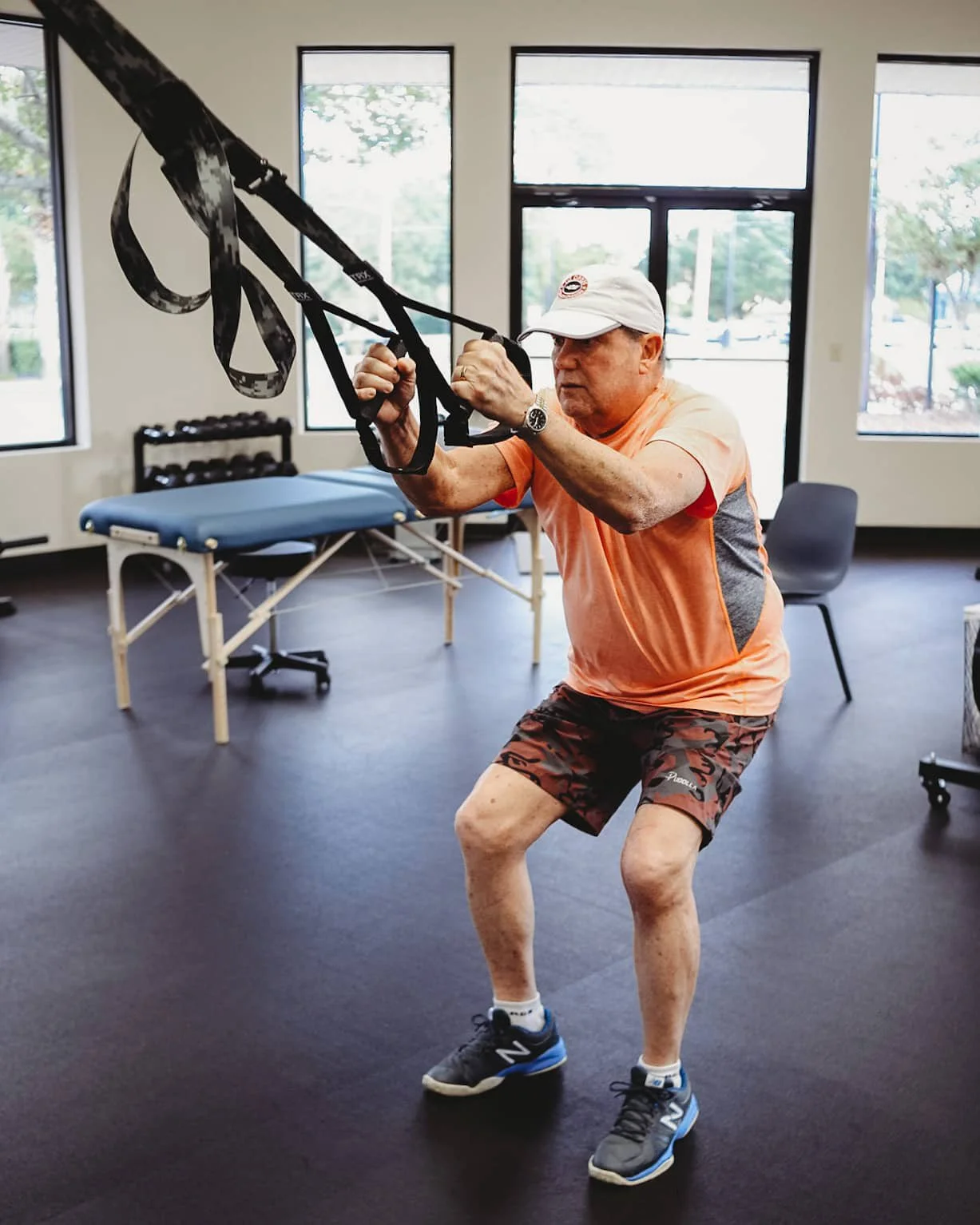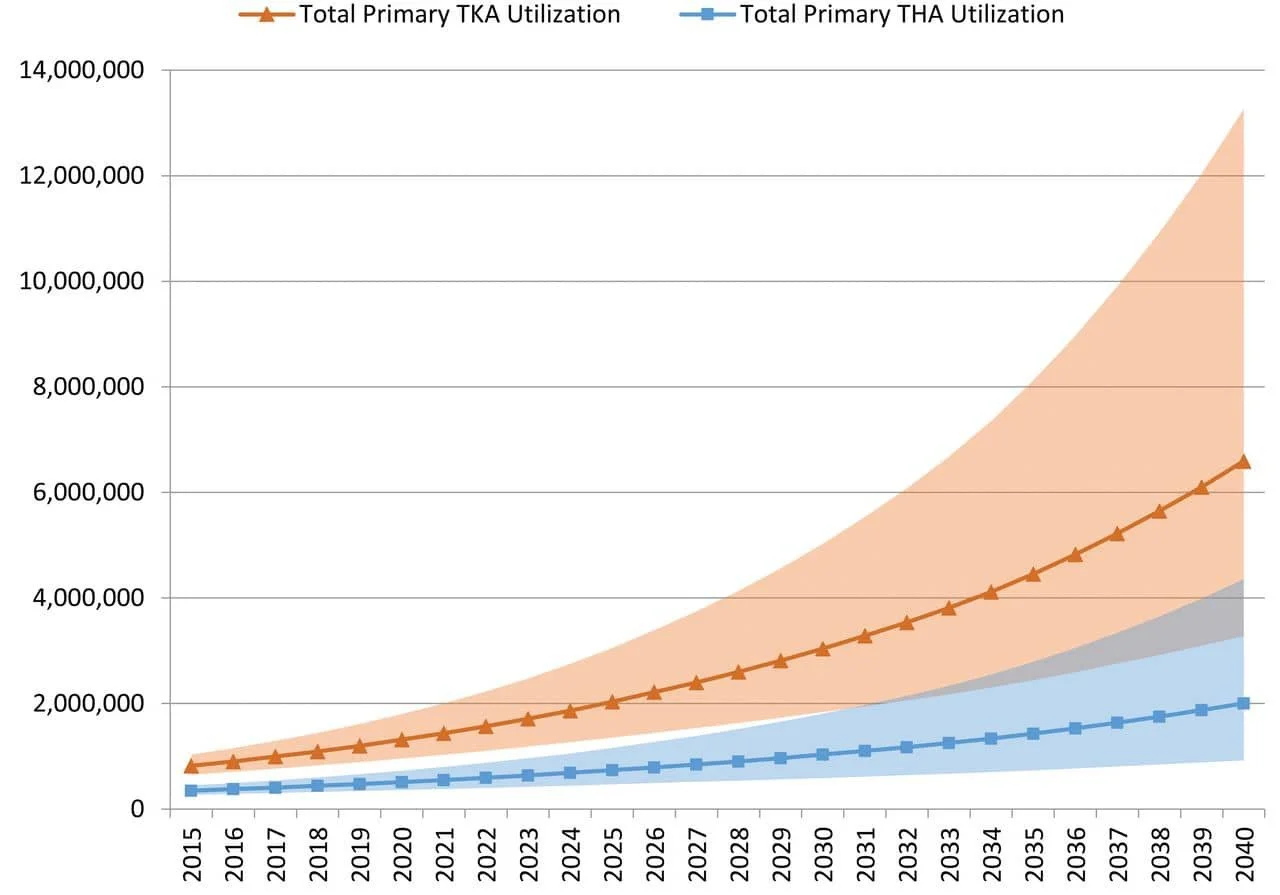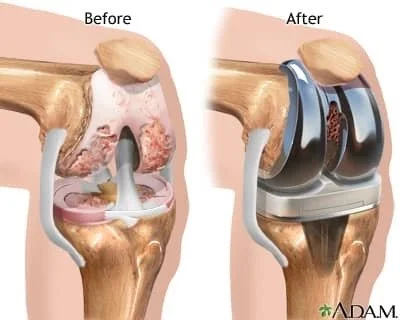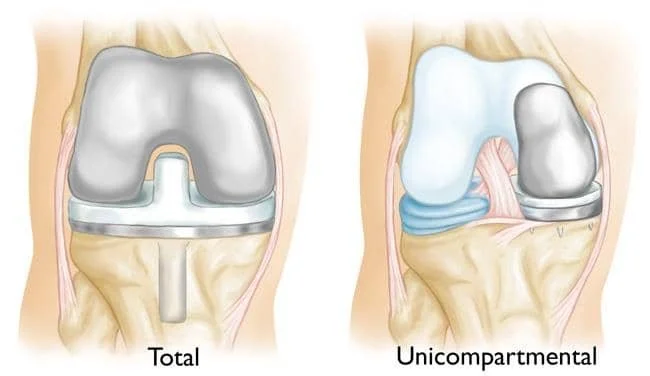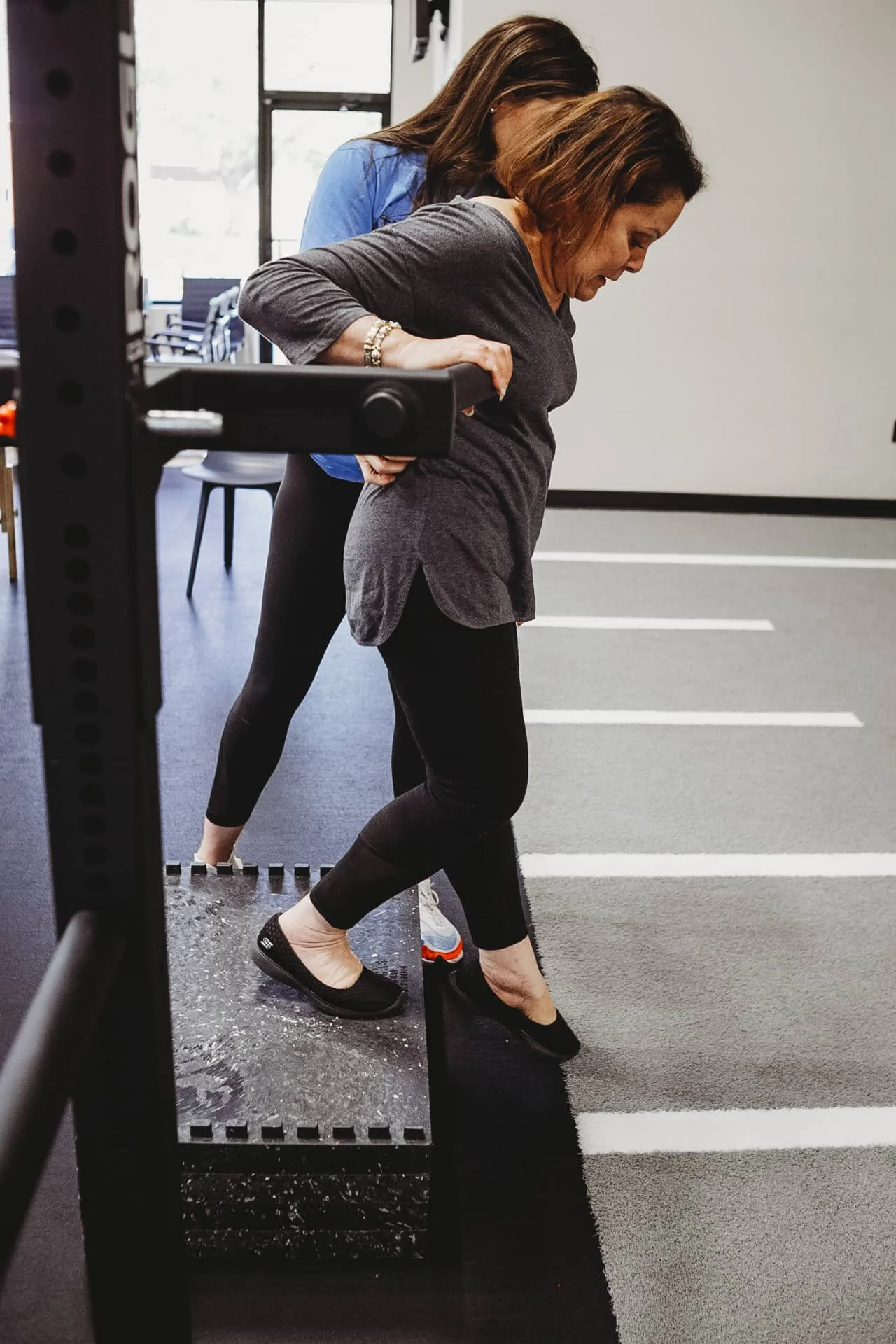Understanding Total Knee Replacement Surgery
Preparing for Your Procedure
Who Typically Receives Knee Replacements?
Knee replacements, or total knee arthroplasty (TKA), are commonly recommended for individuals suffering from severe knee pain, stiffness, and reduced mobility due to conditions such as osteoarthritis, rheumatoid arthritis, or traumatic injury. According to the American Academy of Orthopaedic Surgeons (AAOS), over 600,000 knee replacement surgeries are performed annually in the United States alone, making it one of the most common joint replacement procedures.
Over the past few decades, there has been a notable increase in the number of total knee replacements (TKRs) and total hip replacements (THRs) performed in the United States. This rise can be attributed to several factors, including an aging population, greater prevalence of (knee) osteoarthritis and other degenerative joint diseases, advancements in surgical techniques and prosthetic materials, and increased awareness and acceptance of joint replacement as a viable treatment option.
What Happens to My Knee During the Surgery?
During a total knee replacement surgery, the arthritic portions of the knee joint are replaced with artificial components made of metal and plastic. This typically involves resurfacing the ends of the femur (thigh bone) and tibia (shin bone) and implanting a plastic spacer between them to recreate smooth joint movement. The patella (kneecap) may also be resurfaced or replaced with a plastic component, depending on the individual's condition.
What is the Difference Between a Partial Knee Replacement and a Total Knee Replacement, and Which One Might be Suitable for Me?
A partial knee replacement, also known as unicompartmental knee arthroplasty (UKA), involves replacing only the damaged portion of the knee joint with prosthetic components, while preserving the healthy parts. This procedure is recommended for patients with arthritis or joint damage limited to one compartment of the knee. In contrast, a total knee arthroplasty (TKA) entails replacing the entire knee joint. The decision between partial and total knee replacement depends on factors such as the extent of joint damage, overall knee stability, and patient-specific goals and preferences. Partial knee replacement offers advantages such as smaller incisions, less bone removal, potentially quicker recovery times, and a more natural feeling knee compared to total knee replacement. However, not all patients are suitable candidates for partial knee replacement, and the choice between the two procedures is determined based on individual circumstances and consultation with a surgeon.
Knowing when it's time for a knee replacement involves considering various factors related to your knee pain and function. Typically, it's recommended when conservative treatments like medication, physical therapy, or injections no longer provide sufficient relief from pain and mobility limitations caused by conditions such as osteoarthritis, rheumatoid arthritis, or other degenerative joint diseases. Signs that it may be time for a knee replacement include persistent knee pain that interferes with daily activities, such as walking, climbing stairs, or getting in and out of chairs, as well as stiffness and swelling that doesn't improve with rest or medication. While the cost of total knee replacement is an important factor to consider, the long-term burden of untreated knee pain—both physically and financially—can be even greater.Your orthopedic surgeon can evaluate your condition, considering factors like the severity of joint damage, your overall health, and the impact of symptoms on your quality of life, to determine if knee replacement surgery is the best option for you.
How Do I Know It’s Time for a Total Knee Replacement?
Are There Any Alternatives to Total Knee Replacement?
Yes, there are several alternatives to total knee replacement (TKR) that can be considered depending on the severity of your knee condition and your individual circumstances. Conservative treatments such as medication, physical therapy, weight management, and activity modification can help manage symptoms and improve knee function for some individuals, particularly those with mild to moderate arthritis. The role of physical therapy in total knee replacement is significant, as pre-surgical rehabilitation can help strengthen the surrounding muscles, improve range of motion, and enhance overall knee function, potentially delaying or even avoiding the need for surgery. For some, exploring these alternatives is not only a matter of health but also a way to postpone the cost of total knee replacement, which can be a significant financial consideration. By participating in a structured physical therapy program, patients can optimize their knee health and potentially improve their outcomes if surgery becomes necessary in the future.
Read More About Understanding Knee Replacement Surgery:
The Procedure:
Understanding Total Knee Replacement Safety: Navigating Risks and Benefits
Exploring MAKO Total Knee Replacements: How Robot Technology Elevates Surgery
Understanding Total Knee Replacement for Tibial Plateau Fracture
Post Surgery and Recovery:
Common Questions & Concerns:
